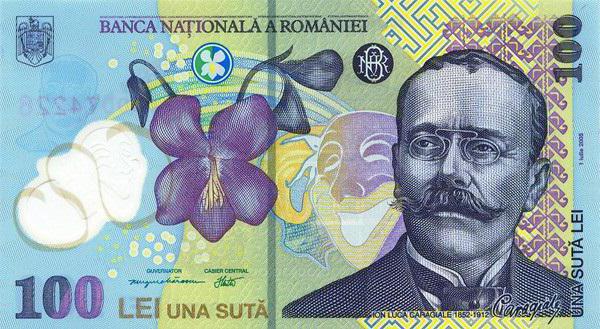Romania in 2007 became part of the European Union and already in 2015 was supposed to accept the euro as the official currency. But after many political and economic events, it turned out that 8 years is not enough time for the introduction of a new monetary unit. Therefore, the official currency of Romania is the leu. What is the history of this currency and what is its exchange rate against the ruble - you will learn about all this from this article.
Historical Metamorphoses
Before Romania became part of the Roman Empire and accepted Roman coins, Roman and Macedonian coins were used on the territory of the country, as well as the money of warlike tribes that inhabited the Romanian territory - Getae and Dacians. Even Celtic coins were used. Then, almost until the 15th century, Byzantine money was in circulation. Later they were replaced by Hungarian, Czech, Venetian, Genoese, Bulgarian coins. At the same time, the minting of its own currency began in some regions of the country. When Romania came under Turkish rule, Turkish coins began to be issued on its territory, and in the 16th century, when Austria came to power, Austrian coins came into use.
In the middle of the XIX century, a revolution took place in the country. After that, the currency of Romania was called "ducat" and in 1853 paper notes first appeared. In 1856, new money was released, which was based on the bimetallic standard and gained a new name - lei. However, until 1890, the French franc and the Russian ruble were used along with the national currency.

Stormy 20th Century
In 1890, the leu became the official currency of Romania. In 1914, he moved away from the gold standard and its value fell sharply. Then, the exchange rate pegged to the dollar. So, in 1929, the ratio between leu and US currency was 167 to 1.
During World War II, Romania became an ally of Germany and adopted its currency - the Reichsmark, the leu to the Reichsmark was 50 to 1.
When Soviet troops captured Romania in 1944, German money was immediately abolished and the leu returned to circulation. But now the currency of Romania was pegged to the Soviet ruble.
In 1947, a new shock awaited the people: in order to stabilize the economy, money was exchanged. The exchange rate was shocking: 20 thousand old lei = 1 new leu. Moreover, strict limits were set for the amounts available for exchange, which should have contributed to the establishment of communist equality between citizens.
This situation was repeated in 1952, when money came into circulation, which is now called the “old Romanian leu”. But then the exchange rates were much lower.

Modern history
The economy, built under the strong influence of communism, kept rather shaky, and by the end of the 20th century, along with the collapse of the USSR, it finally collapsed. The inflation level went off the scale, and a banknote with a face value of 1 million lei came into circulation. But a successful monetary policy led to the fact that the rate began to stabilize. In 2005, the new currency of Romania came into circulation, which was named so - the new Romanian leu. Its international designation is RON, banknotes are issued in denominations of 1, 5, 10, 50, 100, 200, 500. One leu consists of 100 baths, and one new leu is equal to 10 thousand old lei.
And, although it was supposed to give way to the euro in 2015, now experts predict that a change in the national currency may not be possible until 2020.

Romanian leu to ruble exchange rate
If you are going on a trip abroad or cherish more serious plans - for example, the purchase of Romanian real estate, then you will be very interested in the ratio of these two currencies.In recent years, Romania has made a notable breakthrough in its economic development, and despite the fact that it is considered one of the poorest countries in the European Union, the new Romanian leu is more expensive than the ruble. The exact rate of the Central Bank of the Russian Federation at the time of writing is 17 to 1. It should be noted that a year ago this ratio was much more pleasant for the Russians - then for 1 lei they had to pay about 12.5 rubles. In the summer of 2015, the Romanian currency rose to the level of 18 to 1, and then in October-November there was a slight decline. But a noticeable drop in the ruble at the beginning of 2016 nullified this trend, and the leu reached record levels of value - 19-20 rubles per currency unit. Today the situation is stabilizing a little and the Romanian money exchange rate in relation to Russian is declining.